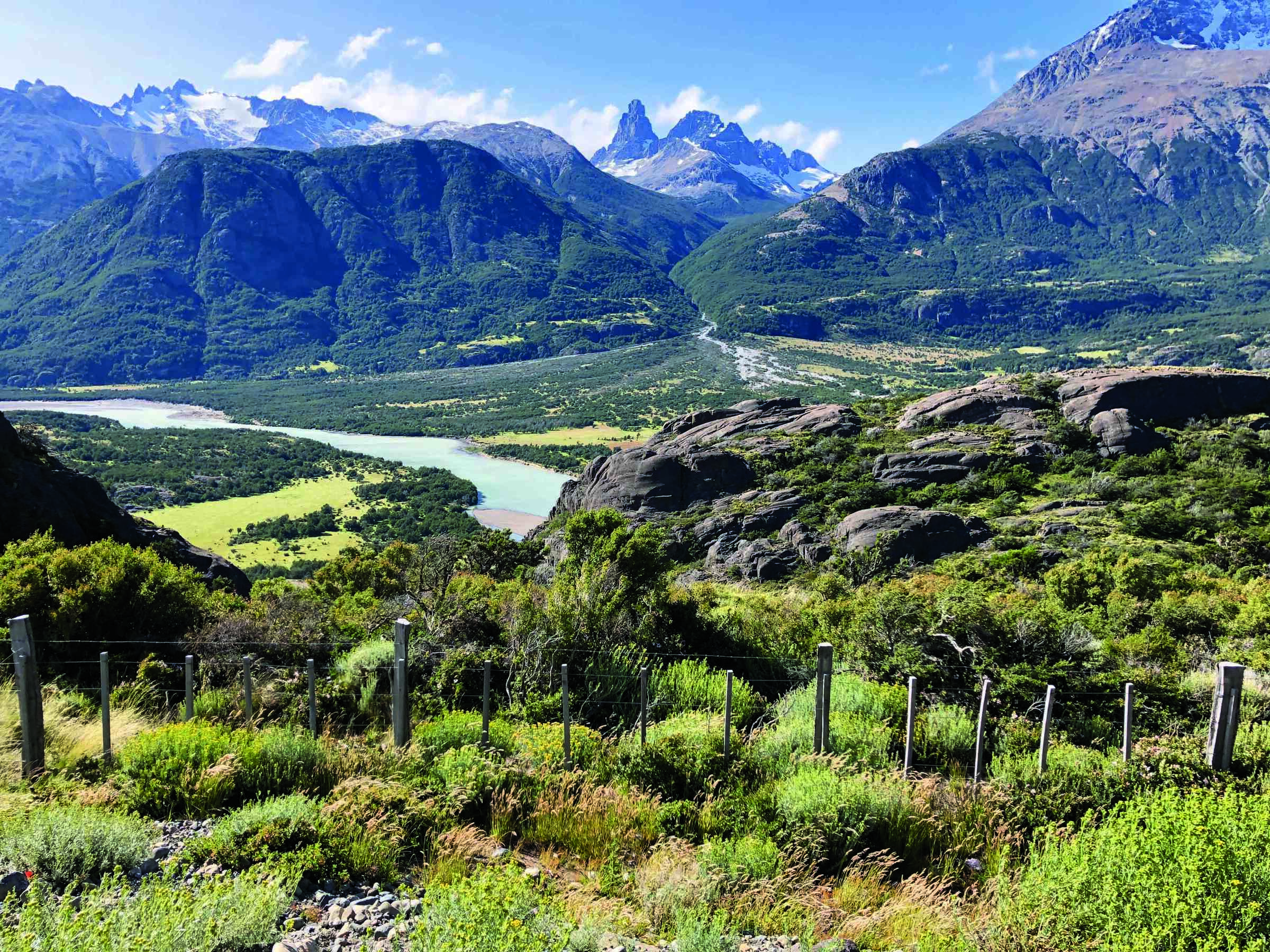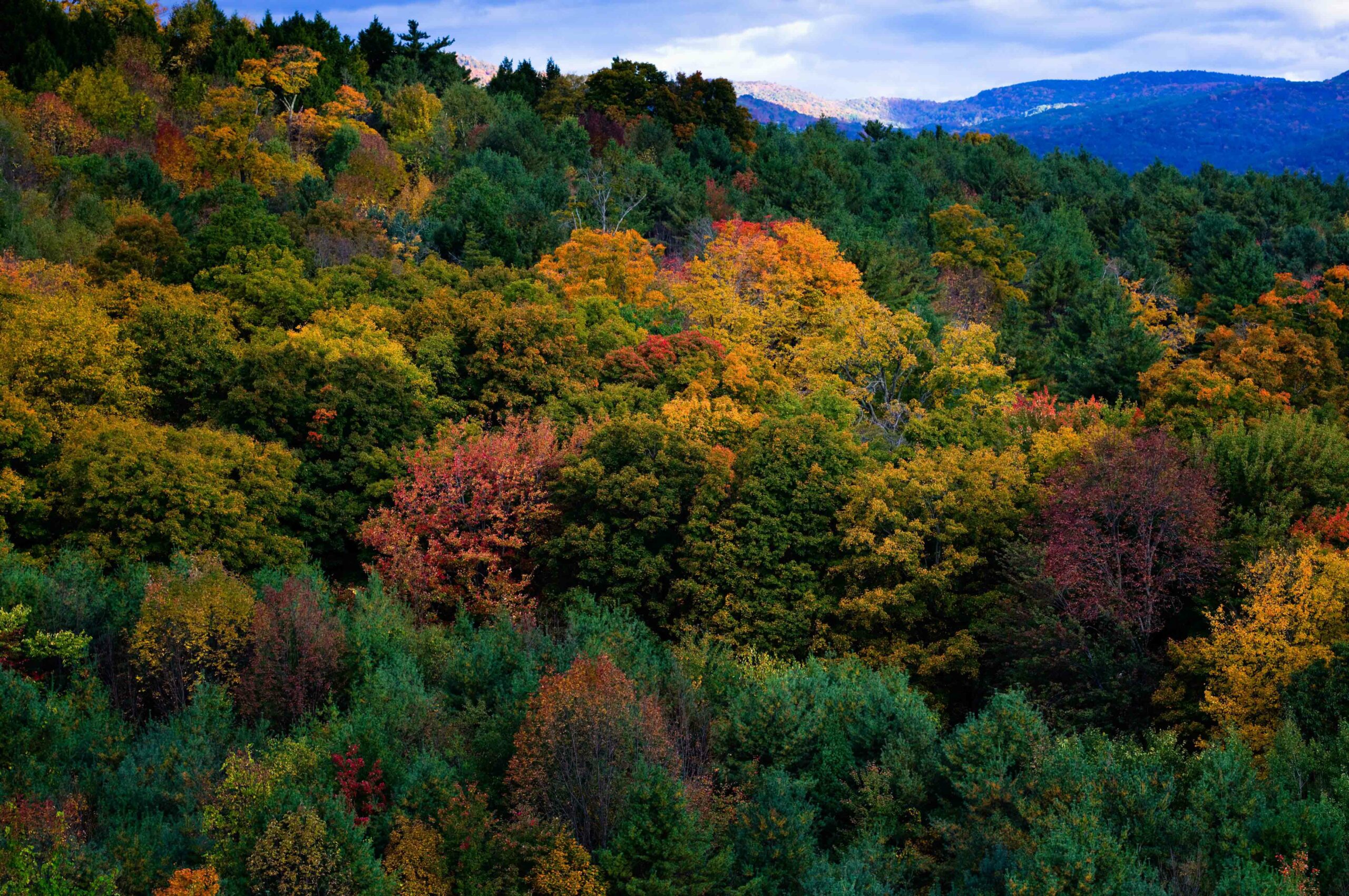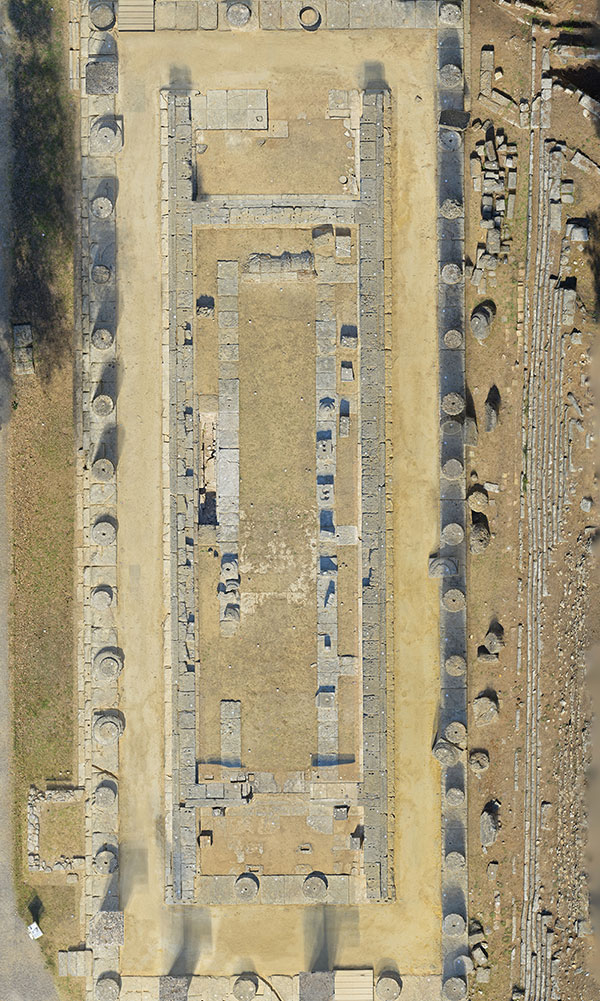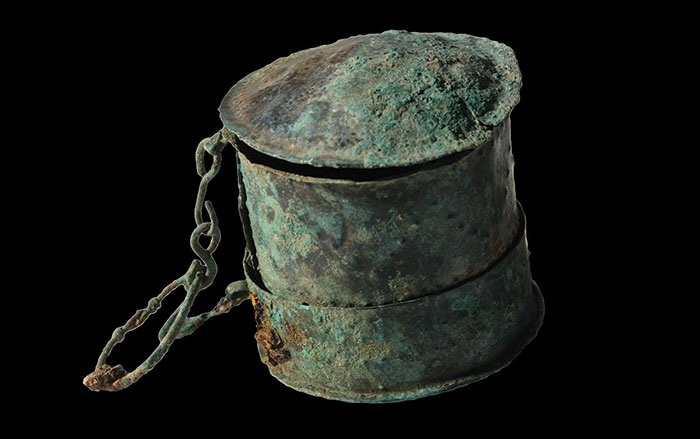
TASILIKULOOQ, GREENLAND—Science Magazine reports that the North Atlantic Biocultural Organization has analyzed data on the settlement patterns, diet, and landscape of the Norse living in Greenland from the eleventh century to the mid-fifteenth century, when they disappeared. It had been thought that the Norse were primarily farmers whose crops and livestock failed to support them when the Little Ice Age set in, but new evidence suggests that the Norse spread to Iceland and Greenland in the pursuit of walrus ivory, which was highly valued in medieval Europe. Analysis of human remains from Norse cemeteries indicates that the settlers relied more heavily on marine animals for food as temperatures fell and it became harder to farm, even though pollen and soil data show that the settlers were more skilled in farming techniques such as irrigation, fertilizing, and allowing fields to rest than had been previously thought. Climate change and stormy seas would have made hunting and the ivory trade more difficult, too. “We used to think of Norse as farmers who hunted,” explained Thomas McGovern of Hunter College. “Now, we consider them hunters who farmed.” For more, go to “Vikings, Worms, and Emphysema.”











